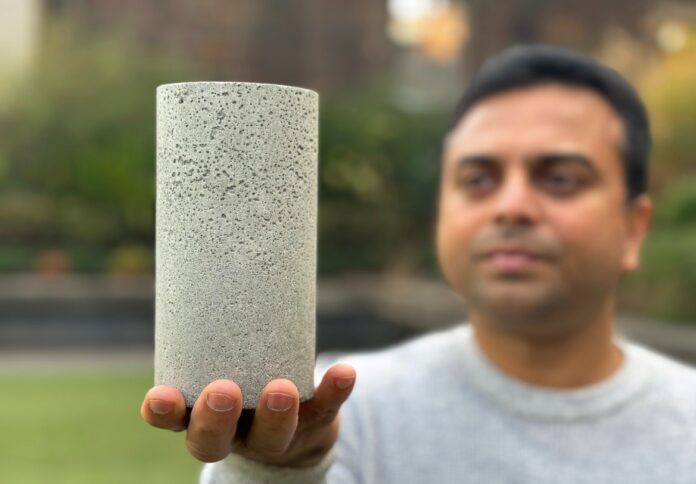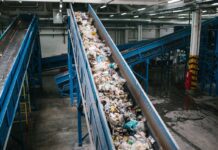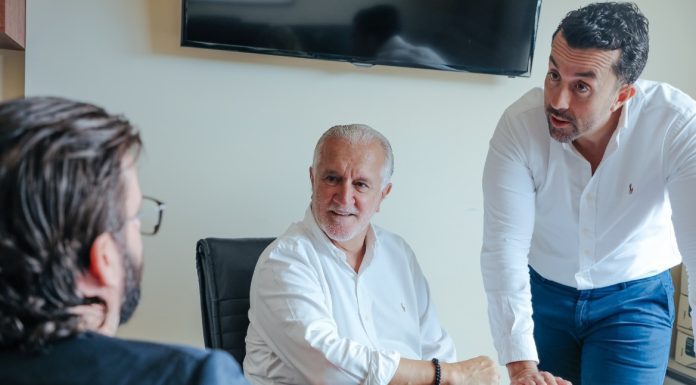
Engineers at RMIT University have unveiled a low-carbon concrete that can recycle twice the amount of coal ash compared to current standards, cut cement usage by 50 per cent, and maintain high durability over time.
RMIT’s innovative approach, developed in collaboration with AGL’s Loy Yang Power Station and the Ash Development Association of Australia, substitutes 80 per cent of cement in concrete with coal fly ash.
This marks a significant improvement over existing low-carbon concretes, which typically replace only 40 per cent of cement with fly ash, the university said in a news release.
Dr Chamila Gunasekara, the project lead from RMIT’s School of Engineering, highlighted that the addition of nano additives modifies the concrete’s chemistry, allowing for a higher proportion of fly ash without compromising performance.
“Our addition of nano additives to modify the concrete’s chemistry allows more fly ash to be added without compromising engineering performance,” said Dr Gunasekara.
The team’s research also demonstrated the potential to repurpose lower-grade ‘pond ash’ from coal slurry storage ponds.
This underutilised resource, when processed minimally, met Australian Standards for engineering performance and environmental safety in large concrete beam prototypes.
“It’s exciting that preliminary results show similar performance with lower-grade pond ash, potentially opening a whole new hugely underutilised resource for cement replacement,” added Gunasekara.
In partnership with Hokkaido University’s Dr Yogarajah Elakneswaran, RMIT developed a pilot computer modelling program to predict the time-dependent performance of the new concrete mixtures.
This physics-based model, spearheaded by Dr Yuguo Yu, provides insights into how the concrete will age and interact over time.
“We’ve now created a physics-based model to predict how the low-carbon concrete will perform over time, which offers us opportunities to reverse engineer and optimise mixes from numerical insights,” Yu explained.
Published in the journal Cement and Concrete Research, this research offers a significant leap towards digital simulation in infrastructure design and construction.
This project is part of the ARC Industrial Transformation Research Hub for Transformation of Reclaimed Waste Resources to Engineered Materials and Solutions for a Circular Economy (TREMS), led by Professor Sujeeva Setunge.




















